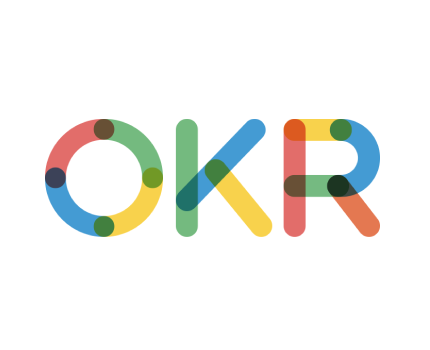Setting and Achieving Goals: An Introduction to OKR is a free, customizable template that details company, team, and individual goals. Use this to set ambitious and inspirational goals and measure progress.
This goal-setting methodology promotes transparency and accountability. It also helps teams understand how their work functions within and contributes to organizational strategy.
Objectives
OKRs are specific, measurable goals that focus on desired outcomes. They also have a clear timeframe, creating a clear sense of urgency and providing a framework for accountability.
The most important difference between OKR vs KPI is that objectives have a broader scope than metrics—they’re company goals (drive one million web visitors, ensure a quarter of your product’s material is compostable) while KPIs are project-based.
Using the OKR framework, top company objectives are set annually and broken down into quarterly objectives for each team to align with them. This creates clarity on what matters most and allows teams to pause at the end of each quarter to collect and share learnings before moving onto the next objective. Keeping the number of objectives at a minimum—four or five, with one to three key results per objective—is recommended. This ensures that people are focused and engaged, and prevents “intellectual juggling.” By making objectives meaningful, they motivate people to do great work.
Key Results
The Key Results in OKR are measurable, quantitative goals that push the Objectives closer to reality. They are a bit like the KPIs used in other goal-setting frameworks, but with a few important distinctions.
A key result must be specific, measurable, attainable, relevant and time-bound. They are a way to get more granular than an Objective, and to break it down into the individual tasks that need to be accomplished.
Unlike the more ambiguous “project goals” in Agile, OKRs are clear on what you want to achieve, and they are action-driven and outcome-focused. This approach helps teams to align around a shared purpose, and to build trust.
It takes practice to think in this way, and without a lot of coaching, OKRs can easily slip into simple task lists. If you’d like to learn more about the framework and how to set and achieve meaningful objectives, check out our Outcome Mindset course for strategic leaders.
Retrospectives
An OKR retrospective gives insights into projects at the end of a quarter and launches you forward with concrete steps to success. It’s important to do this process at least once every quarter – but more often if you can.
The process is based on the idea that organizational goals are broken down into measurable key results for teams to own and focus their priorities. These bottom-up priorities are transparently shared across the organization.
At the start of each period, team members work on a guiding set of top goals for their departments and teams (the Objectives) that are qualitatively defined with a value proposition. These are followed by a series of measurable, time-based key results (the Key Results) that serve to achieve the Objectives. Each objective should be achievable in a month, week or day and should have a measurable result. The process was first developed by Andy Grove at Intel and taught to John Doerr who used it at Google.
Accountability
OKRs are like a car’s dashboard: They’re the indicators that show whether or not you’re on track to reach your destination. In other words, OKRs provide clear and measurable goals that keep teams and individuals focused on the most important work.
In his book, Measure What Matters, John Doerr describes five benefits of OKR: focus, alignment, commitment, tracking and stretching. He explains that these are the superpowers that come from clearly defining objectives and key results, and then a regular process of reviewing and updating those goals as the operating environment changes.
An objective is a qualitative description of what’s desired, and a key result is the metric that will be used to measure progress toward that objective. Both are often compared to the SMART goal-setting framework, which requires goals to be Specific, Measurable, Attainable, Relevant and Time-Bound. However, the key difference is that while SMART goals are typically created by managers, OKRs allow junior team members to create their own goals that cascade up to their senior teammates.
